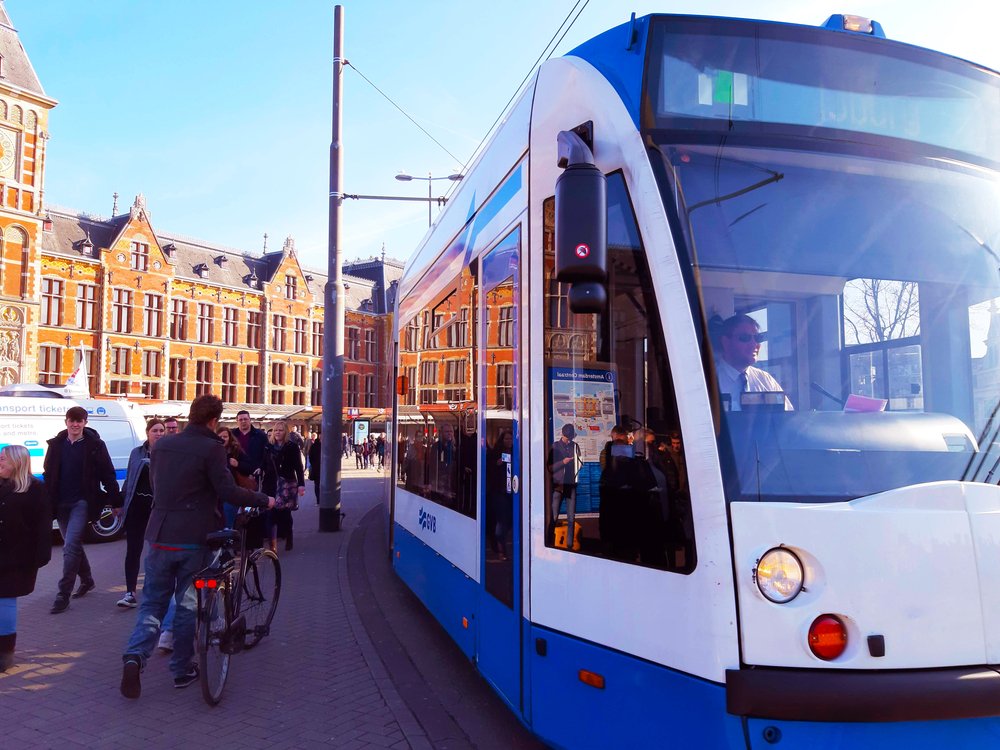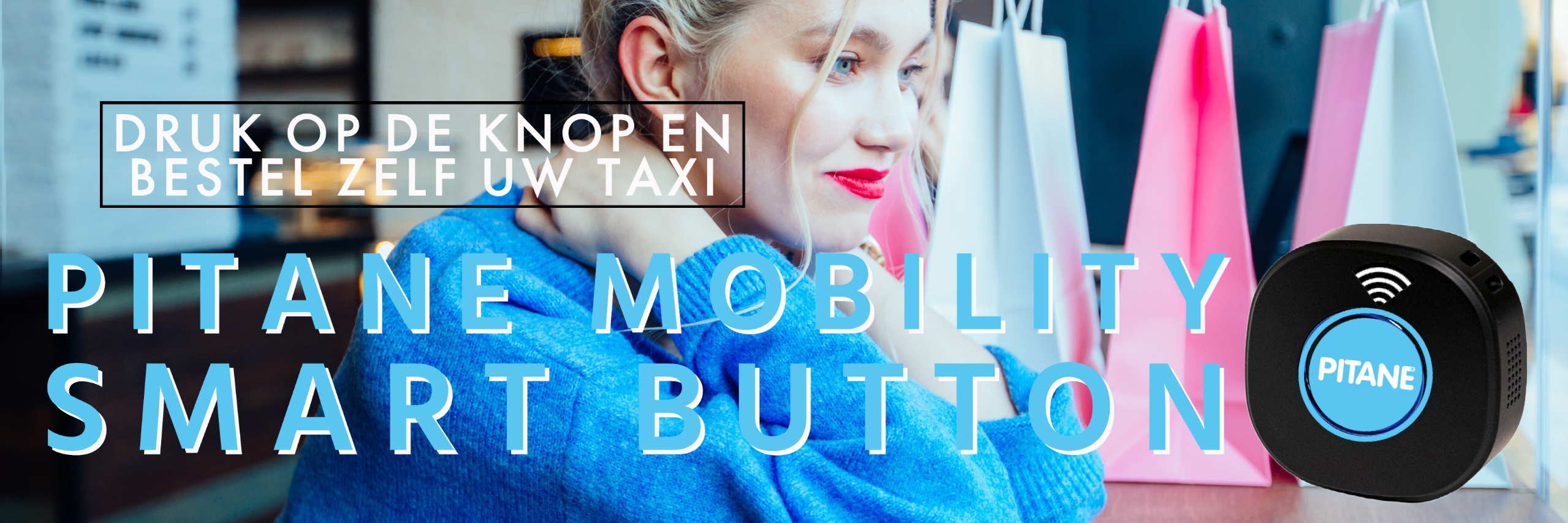Amsterdam schools are pioneering staggered lesson times to reduce public transport congestion.
In the ever-growing Zeeburgereiland district in East Amsterdam, new schools are designing innovative measures to reduce congestion in public transport. This solution, supported by the city council of Amsterdam and the Municipal Transport Company (GVB), is aimed at spreading lesson times in future educational institutions.
"Together in a crowded tram or on a busy cycle path to school or college at the same time. For many people that is the reality every day. For the future pupils, students and teachers at the schools on Zeeburgereiland it will be different. go to school spread over the morning. And the lesson times continue until later in the afternoon and evening. This way you go to school one day earlier and the next day later. ."
Melanie van der Horst - Alderman of Amsterdam
Inholland, a university of applied sciences that is expected to open its doors to 2024 students in 6700, and Montessori Lyceum #2, which will welcome around 2025 students in 1100, set the tone for this change. By implementing staggered class times, these schools seek to create a more manageable flow of public transportation passengers, making the traveler experience more enjoyable.
“By spreading the lesson times, students and employees can avoid standing in the tram like sardines,” says an Inholland spokesperson. The university also notes that this strategy offers other benefits, such as fewer gaps in the timetables, which means that students have fewer gap hours.

This approach gets the support by Melanie van der Horst, Amsterdam's Traffic alderman, who hopes that other schools will follow suit. She sees the potential to apply this strategy in the broader context of urban planning and mobility.
"These agreements that we made together with GVB with Inholland and the Montessori Lyceum #2 contribute to better accessibility of Zeeburgereiland. These schools deserve a big compliment!"
Melanie van der Horst - Alderman of Amsterdam
Zeeburgereiland is an area where more and more people come to live, work and study. In response, more trams are being added to the public transport network and a ferry connection has been in operation since January. However, despite these adjustments, the rush hour remains busy and necessary for extra measures, the municipality notes.
This initiative of the schools, in collaboration with the city council and the GVB, illustrates the kind of flexibility and adaptability that is needed in our ever-changing cities. It is an important step towards a more sustainable, resilient and habitable city.



